2001 Mining History Association Field Trips 12th Annual Conference, June 14-17, 2001 Montana Tech Butte, Montana
PHOTO GALLERY 4
CLICK ON A PHOTO TO DISPLAY A LARGER IMAGE
ANACONDA SMELTER SITE, ANACONDA, MONTANA
Ore was transported from the Anaconda Copper Mining Company’s Butte mines to Anaconda, Montana, 26 miles away, for processing. The location was selected because there was an inadequate supply of water in Butte. The Butte, Anaconda, and Pacific Railway was created by the company for this purpose. The initial facilities, the Old Works, were located on the north bank of Warm Springs Creek, with the town of Anaconda on the south bank. In 1902 the massive New Works began operation on the south bank, one mile east of the town. Since the closure of the Butte and Anaconda operations in 1982, the smelter sites have been reclaimed under the Superfund program. A detailed description of the Anaconda, Montana historic sites can be found in the Butte-Anaconda National Historic District, National Register of Historic Places, Registration Form. 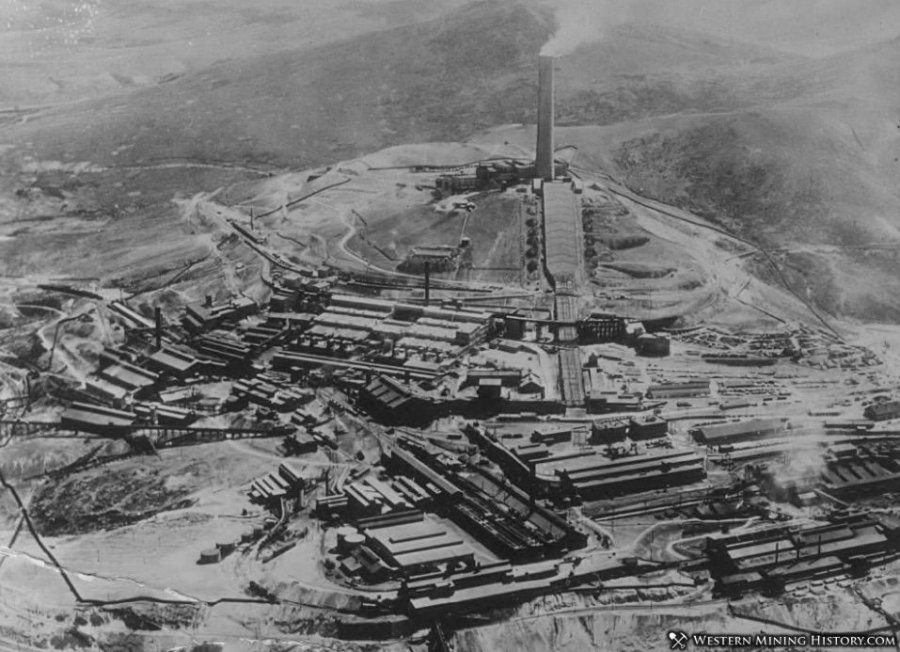
(Above) The Anaconda Reduction Works (AKA the New Works and the Lower Works) in Anaconda, Montana began operations in 1902. This gigantic industrial complex was the largest non-ferrous metals production facility in the World. CLICK HERE for a diagram of the Lower Works (ACMC, 1920). (Right) The Lower Works complex, above, replaced the 1884 Upper Works (AKA the Old Works). The south-facing photo shows the Jack Nicholas-designed golf course on the site of the Old Works. The town of Anaconda is in the center of the photo. At the top is the chimney, the only remaining part of the huge Lower Works complex. | 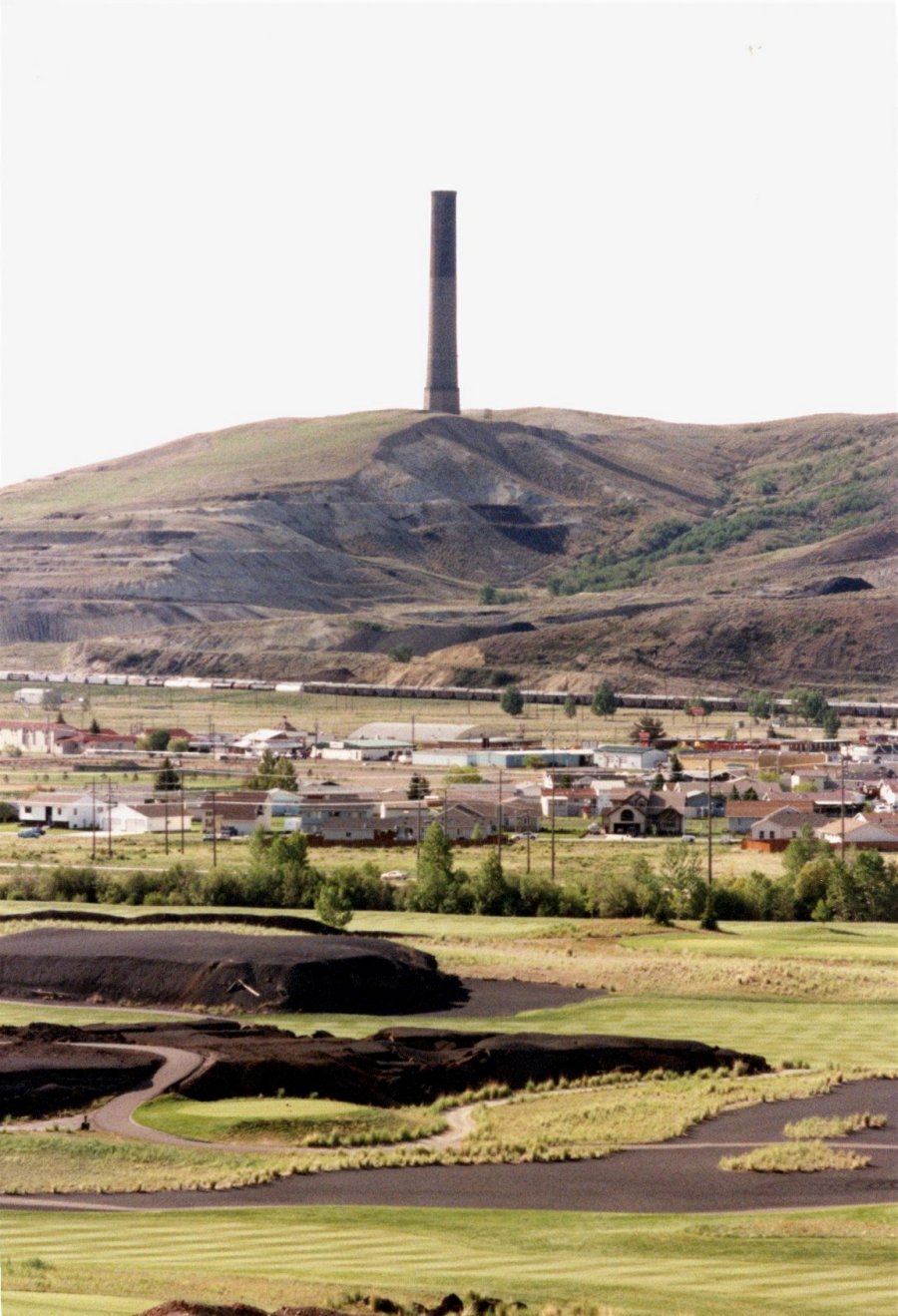
| 
(Above and Right) Two views of the remains of several flues from the Old Works that are located on the hills above the Old Works Golf Course. | 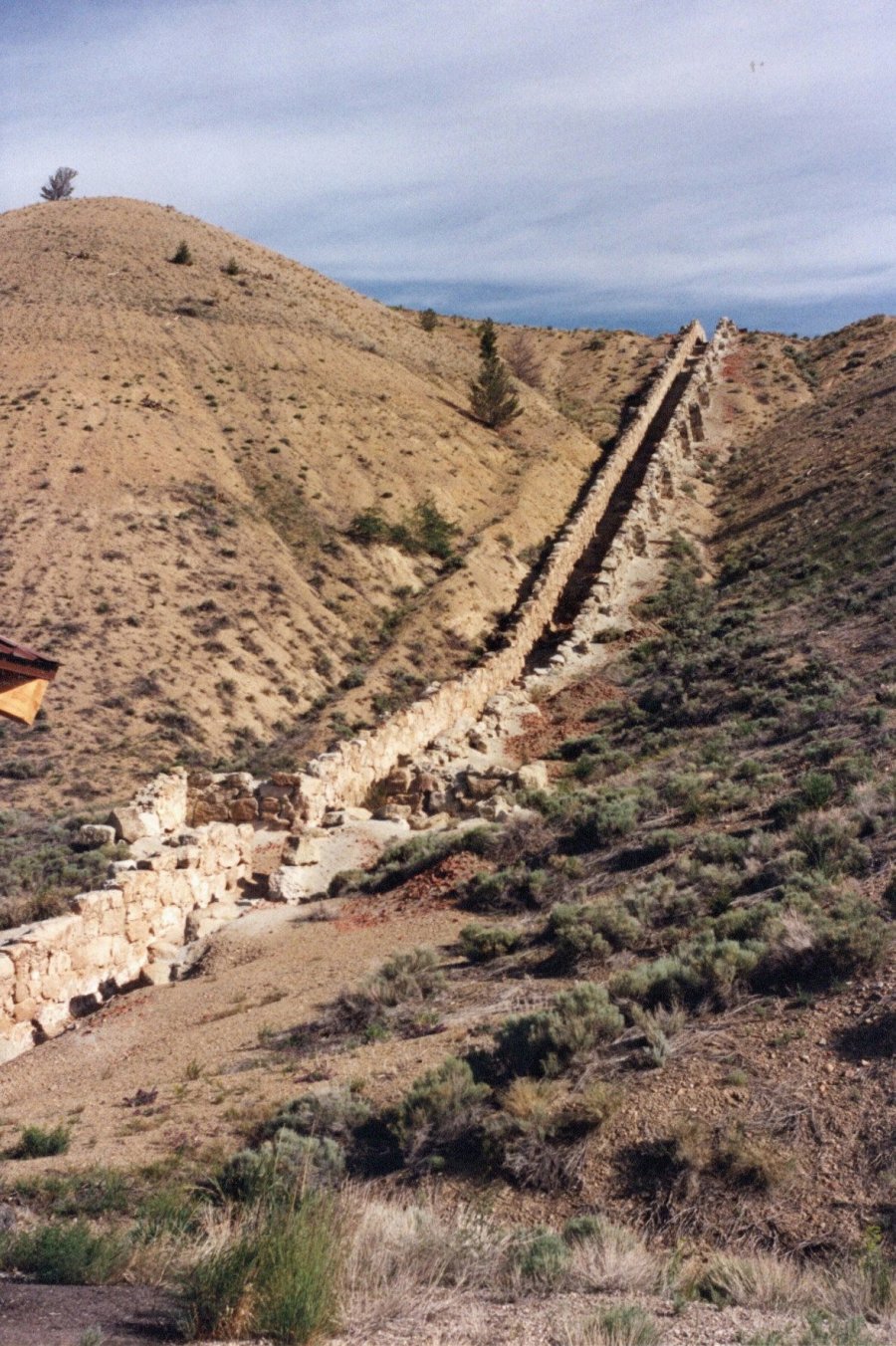
| CHARTER OAK MINE AND MILL, ELISTON, MONTANA
The Charter Oak Mine and Mill, are located about 25 miles southwest of Helena, Montana, near Elliston. They are in the Helena-Lewis and Clark National Forest. Ore was discovered in 1912. Charter Oak was one of 16 mines in the Elliston Mining District. From 1916 to 1965, over 9,000 tons of ore were produced containing 672,000 pounds of lead, 168,000 pounds of zinc, 10,000 pounds of copper, 39,000 ounces of silver, and just less than 400 ounces of gold. A tramway system brought ore from the mine to the mill. The first mill used early flotation equipment. In the late-1930s, the original mill was replaced with a new
The US Forest Service preserves this largely intact site as an example of the typical smaller mines and flotation mills that operated throughout the west to supply critical and strategic minerals during World War II. The Charter Oak mining claims were never patented and the property came into government ownership in 1995. From 1995-1999, the Forest Service and the Montana Department of Environmental Quality conducted a clean-up of the site including stabilization and historic preservation. Additional information on historic mining in the Helena National Forest can be found on the Forest Service Charter Oak website. A full description of the Charter Oak complex can be found in the Charter Oak Mine and Mill, National Register of Historic Places, Registration Form. | | 
| 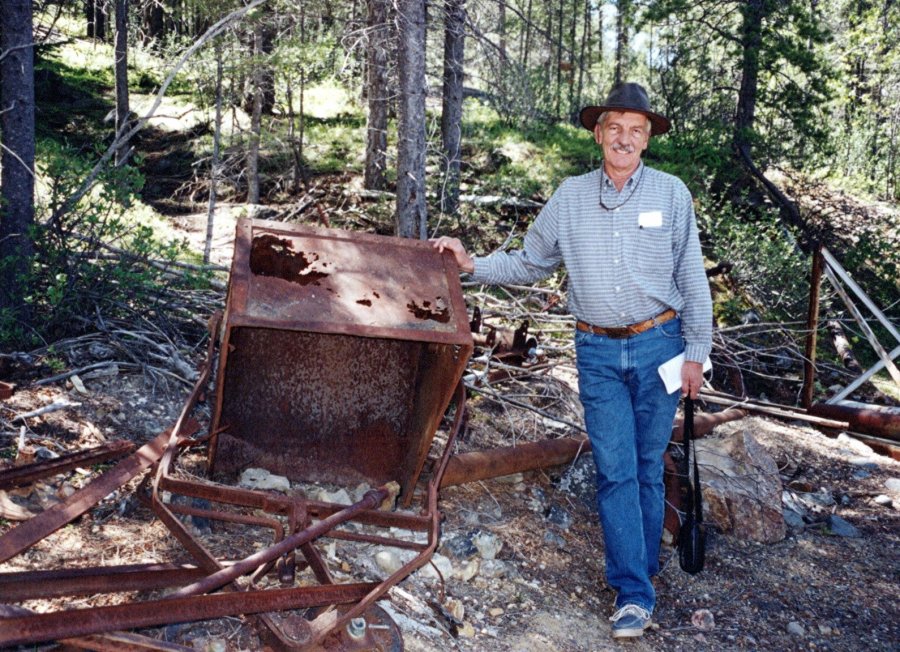
(Left) Mark Langenfeld stands next to one of the mine’s adits which is closed with a bat gate.
(Above) Homer Milford standing next to a tramway bucket used to bring ore to the mill from the mine at a higher elevation.
| 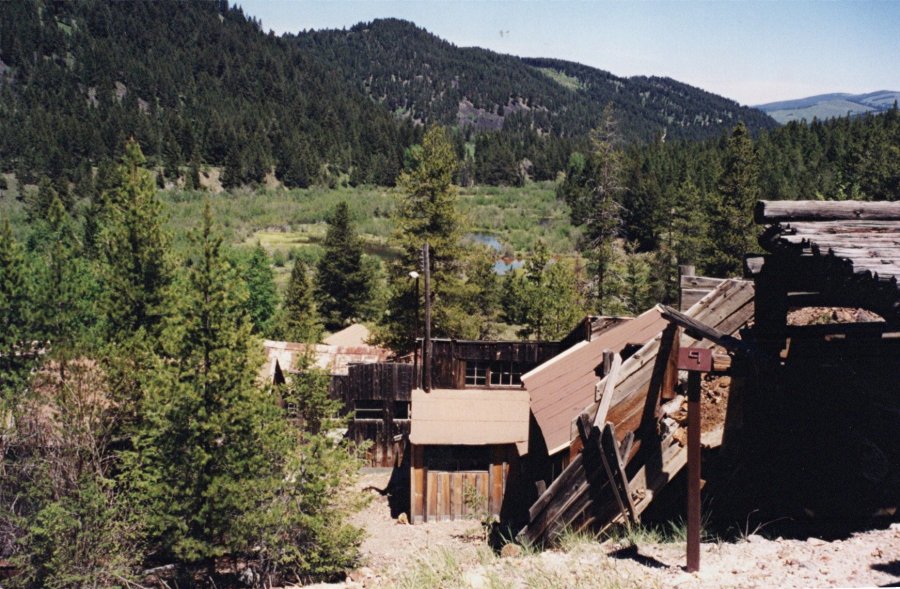
The gravity flow mill cascades down the hill toward the valley floor. CLICK HERE for a diagram of the mill (NPS, 2000).
| 
A view of the upper portion of the mill buildings. | 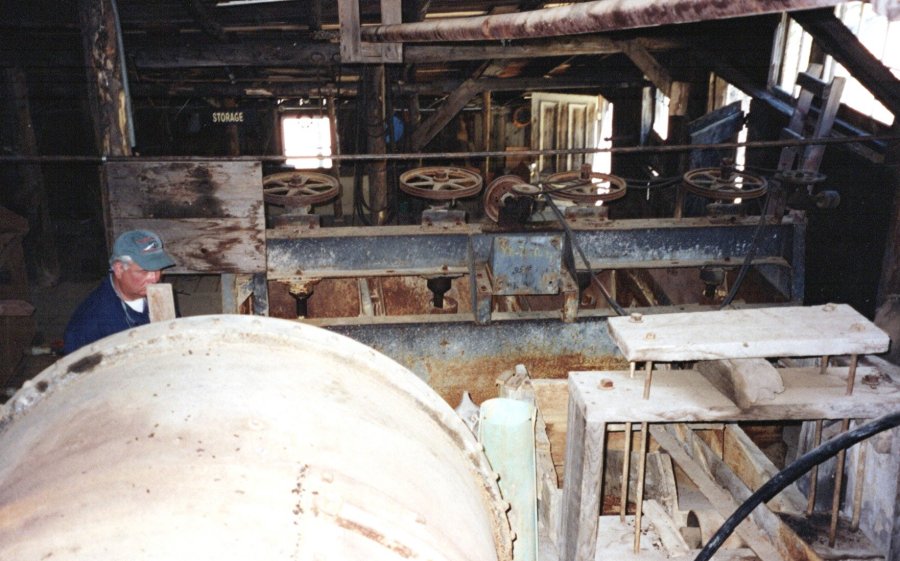
Interior view of the mill looking down-hill. The grinding mill is in the foreground and the jigs and flotation cells are at the rear. | 
A view from the flotation cells looking up-hill toward the grinding mills. |
|


